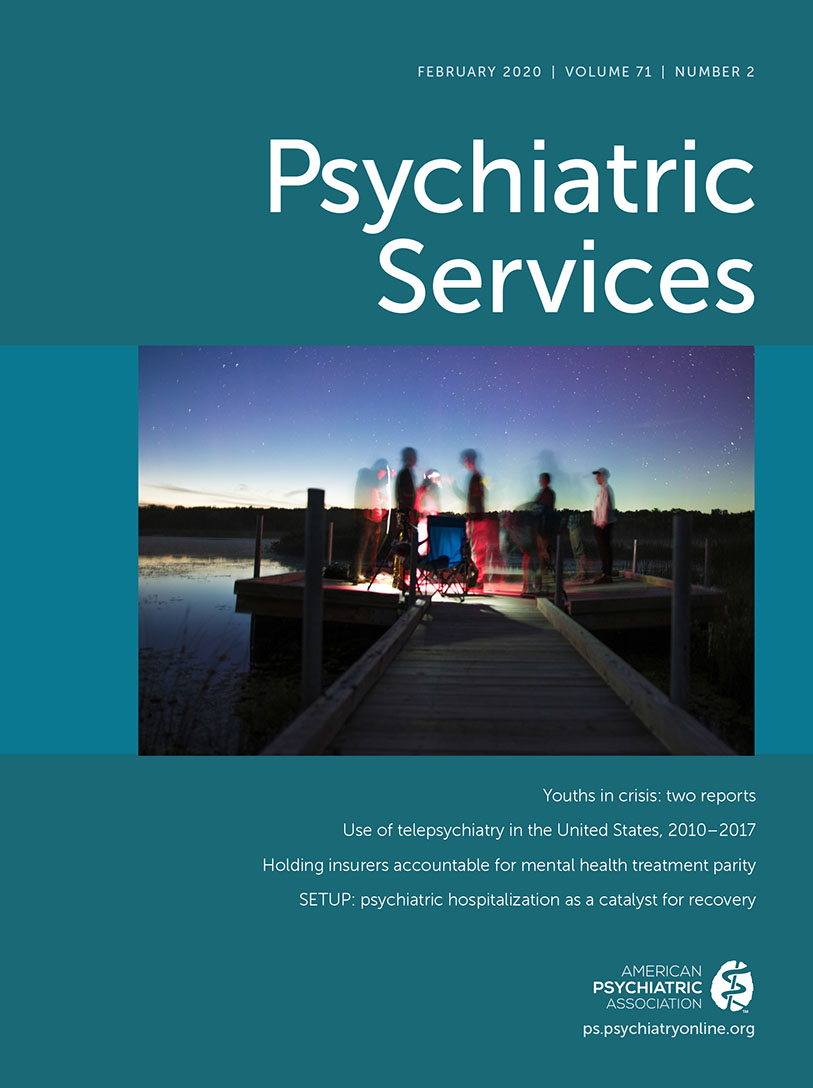Health Disparities, Inpatient Stays, and Emergency Room Visits Among Lesbian, Gay, and Bisexual People: Evidence From a Mental Health System
Abstract
Objective:
This study examined differences in health outcomes and acute service use between lesbian, gay, and bisexual (LGB) individuals and a matched heterosexual control group.
Methods:
Individuals ages 18 to 85 whose electronic health records indicated a sexual orientation as LGB and who were included in the 2015 New York State Office of Mental Health Patient Characteristics Survey (N=5,775) were matched with heterosexuals (N=5,775) by sex assigned at birth, age, race, Hispanic ethnicity, and county of residence and compared on health status indicators, conditions and behaviors, and acute service use. Generalized estimating equation models were used to estimate the odds and rates of acute service use.
Results:
LGB individuals appeared to have more chronic general medical conditions and physical disabilities and tended to use fewer acute services compared with heterosexuals. Gay men and lesbians were significantly less likely than heterosexuals to have used a mental health–related inpatient service (adjusted odds ratio [AOR]=0.69, 95% confidence interval [CI]=0.57–0.85; and AOR=0.73, 95% CI=0.59–0.89 [respectively]) or emergency room (ER) service in the past 12 months (AOR=0.63, 95% CI=0.53–0.76; and AOR=0.79, 95% CI=0.66–0.94 [respectively]). Bisexual men and women were more likely than heterosexuals to have shorter substance use–related inpatient stays (rate ratio [RR]=0.65, 95% CI=0.47–0.90; and RR=0.66, 95% CI=0.51–0.86 [respectively]) and to have fewer substance use–related ER visits (RR=0.69, 95% CI=0.48–0.99; and RR=0.55, 95% CI=0.43–0.69 [respectively]).
Conclusions:
The health care system needs strategies in LGB-centered care, research, medical education, health policy, and evidence-based practices to engage sexual minority groups in mental health and general medical care.



